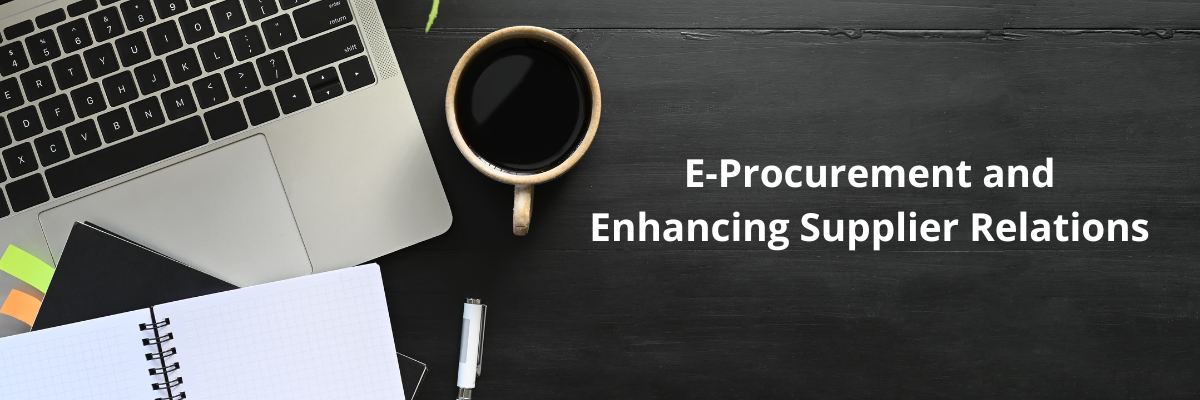In the complex web of modern business, the relationship between organizations and their suppliers is paramount. The advent of e‑Procurement has revolutionized this dynamic, turning what used to be a cumbersome process filled with paperwork into an efficient, streamlined collaboration. This transformation not only affects efficiency but also fosters a closer, more integrated relationship with suppliers. Here's how:
1. Automated Purchase Orders and Invoicing
With e‑Procurement systems generating purchase orders in modern e‑Doc standards and delivering them automatically to suppliers, the need for manual handling is significantly reduced. This automation ensures that suppliers receive orders in their preferred format, speeding up processing times and reducing errors.
2. Catalog Support
E‑Procurement allows for the integration of supplier catalogs, including both external and in‑house catalogs. This capability enables a more seamless alignment between what's available from suppliers and what's needed by the organization, ensuring that the contractual agreements for goods and services are easily accessible and usable.
3. Quick-Quote/Quick-Bid/Request-for-Bid Features
These features make it easier for organizations to obtain multiple quotes for spot purchases. It's not only a simplified process but also a transparent one, where suppliers can actively participate and compete, fostering a sense of fairness and collaboration.
4. PO-FLIP and e‑Invoice Support
With the ease of flipping purchase orders into invoices and accepting electronic invoices, the traditional barriers between buyer and supplier are broken down. This streamlining of the invoicing process helps build trust and improve the timeliness of payments.
5. Goods/Service Receipt Acknowledgement
The acknowledgment of goods and service receipt enhances the transparency and traceability of transactions. Suppliers are better able to track the status of their deliveries, knowing when they have been received and accepted, which aids in planning and inventory management.
6. Multi-Way Matching
The ability to match purchase orders, invoices, and receipts ensures that all documents are aligned. This m‑way match fosters confidence and understanding between both parties, knowing that everything is accounted for and agreed upon.
7. Complete API for Data Import/Export
API integration allows for smooth data transition between systems. This openness encourages collaboration by making data easily accessible and usable by both parties, encouraging a more symbiotic relationship.
8. Enhanced Communication and Transparency
Modern e‑Procurement systems offer platforms for more direct, real-time communication between buyers and suppliers. This direct link helps both sides to understand each other's needs, expectations, and constraints better, ultimately leading to more effective collaboration.
E‑Procurement is more than just a tool for automating the buying process; it's a bridge that connects organizations and suppliers in ways previously unimagined. By providing more transparency, efficiency, and collaborative features, e‑Procurement builds a foundation for stronger, more adaptive, and responsive supplier relationships.
As we continue to see advancements in technology and integrations within procurement systems, the supplier collaboration landscape is expected to evolve even further, strengthening these connections and contributing to more dynamic and fruitful partnerships.
For organizations looking to thrive in today's competitive landscape, embracing e‑Procurement is not just a choice but a necessity. The benefits it brings in enhancing supplier relationships can be the difference between a mere transactional connection and a valuable strategic partnership.
More on Source-to-Pay
Previous article: Unpacking e‑Procurement Fundamentals
Next article: Navigating the Complex Landscape of e‑Procurement Solutions

.png)
-2.jpg)

